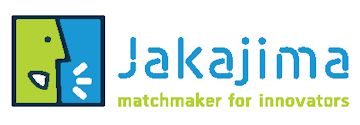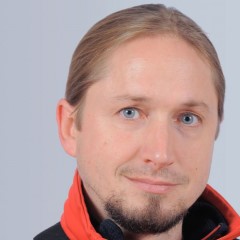For the quality of fodder preservation by ensiling, the oxygen level in the fermentation atmosphere is of great importance and determines the type of fermentation and the stability of the preserved feed. Corresponding investigations were generally based on destructive sampling or simulation.
 | 4 December 2024 |  |
|||||
In predecessor projects, the use of optochemical sensor technology for minimally invasive long-term monitoring of oxygen inside a bale of grass silage was demonstrated for the first time. The method showed excellent applicability for various questions in fermentation research. However, the use of a complete optrode system (sensor + optoelectronics) for each individual measuring point is disadvantageous in terms of efficiency.
In order to make the technology accessible for broad research questions, an approach of sequentially reading out several of the low-cost actual sensors with only one of the expensive optoelectronic units was pursued. Multiplexing was realized by automated switching of the optical path between the up to 16 sensors and the optoelectronics using a fibre switch. Extensive optimisation of the optics and the sensor front ends as well as the use of sensors with different measuring ranges completed the work. While trace sensors accurately reflect the level of residual oxygen in the silage, sensors with a wide measuring range record the temporal dynamics at the beginning and end of the fermentation process.
By Martin Tscherner, Scientific Researcher at JOANNEUM RESEARCH Forschungsgesellschaft mbH – MATERIALS.
About Martin Tscherner
He graduated in 2005 from Technical University Graz with a degree in Chemistry Engineering. In his PhD studies, he researched on the development of highly sensitive Equipment for the determination of ultra-barrier membranes based on optochemical oxygen sensors. In 2008, he joined the research unit “Sensors and Functional Printing” of JOANNEUM RESEARCH – MATERIALS. His main research interests include optochemical sensing systems and their applications, measurement and modelling of diffusion/ permeation phenomena, and, in general, the combination of very different fields of expertise, as required e.g. in the field of foil-based microfluidics and the associated photonic technology & device integration.
About JOANNEUM RESEARCH Forschungsgesellschaft mbH – MATERIALS
JOANNEUM RESEARCH – MATERIALS provides access to the latest technologies required for implementing innovative products and services, for example:
• Green Photonics and Electronics
• Structured (biomimetic) surfaces
• Piezoelectric sensors and energy harvesters
• (Optical) Chemo-and Biosensors
• Laser Production Technology
• Aerosol and inkjet printing
• Laser and plasma-assisted vacuum deposition process
The team of 80 researchers provides interdisciplinary solutions across the entire value chain – from the idea to the prototype – using cutting edge technologies and methods based on miniaturisation, integration and materials optimisation. Combined with state-of-the-art equipment MATERIALS offers innovative solutions and services tailored to the needs of business and industry.
For more information visit the website.
Martin Tscherner will speak at the 2023 edition of the Agrifood Innovation Event in the PhotonHub session.

